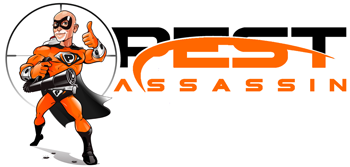Of all the filth flies that have been discussed in previous articles, there is one species that is just especially nasty, especially in restaurants and commercial properties. The Phorid Fly is just that species. Not because of its size but mainly because it can be very difficult to figure out just where the source of origin might be.
A phorid fly is very small, about 5 mm or 0.2 inches long. It is also known by the name scuttle fly or humpback fly. This fly has a complete metamorphosis life cycle meaning that during its development it starts as an egg and develops into a larva, pupa then adult.
Adult phorid flies feed on decaying matter like garbage carrions and even human or animal waste. Admittedly most of these flies are found outside; some can be found inside coming from a leaky or broken sewer pipe located under a slab or in a crawl area.
Sanitation is key in phorid fly control. Fixing plumbing problems which could be very expensive (because the first step is to repair any leaky or broken waste pipes), checking condensation pans, and even taking care of damp rags or mops is of great importance.
Eliminating breeding sources is crucial in controlling this filth fly. Flyswatters are just not enough to control phorid flies. Since breeding and egg laying takes place in decaying organic material, bacteria and disease may be the result of lack of control in transmission to eating utensils. Electronic fly traps can be of great value in control along with drain cleaning and aerosol treatments, but the most important control is to find where the fly is coming from and correct the problem for a more permanent solution.
